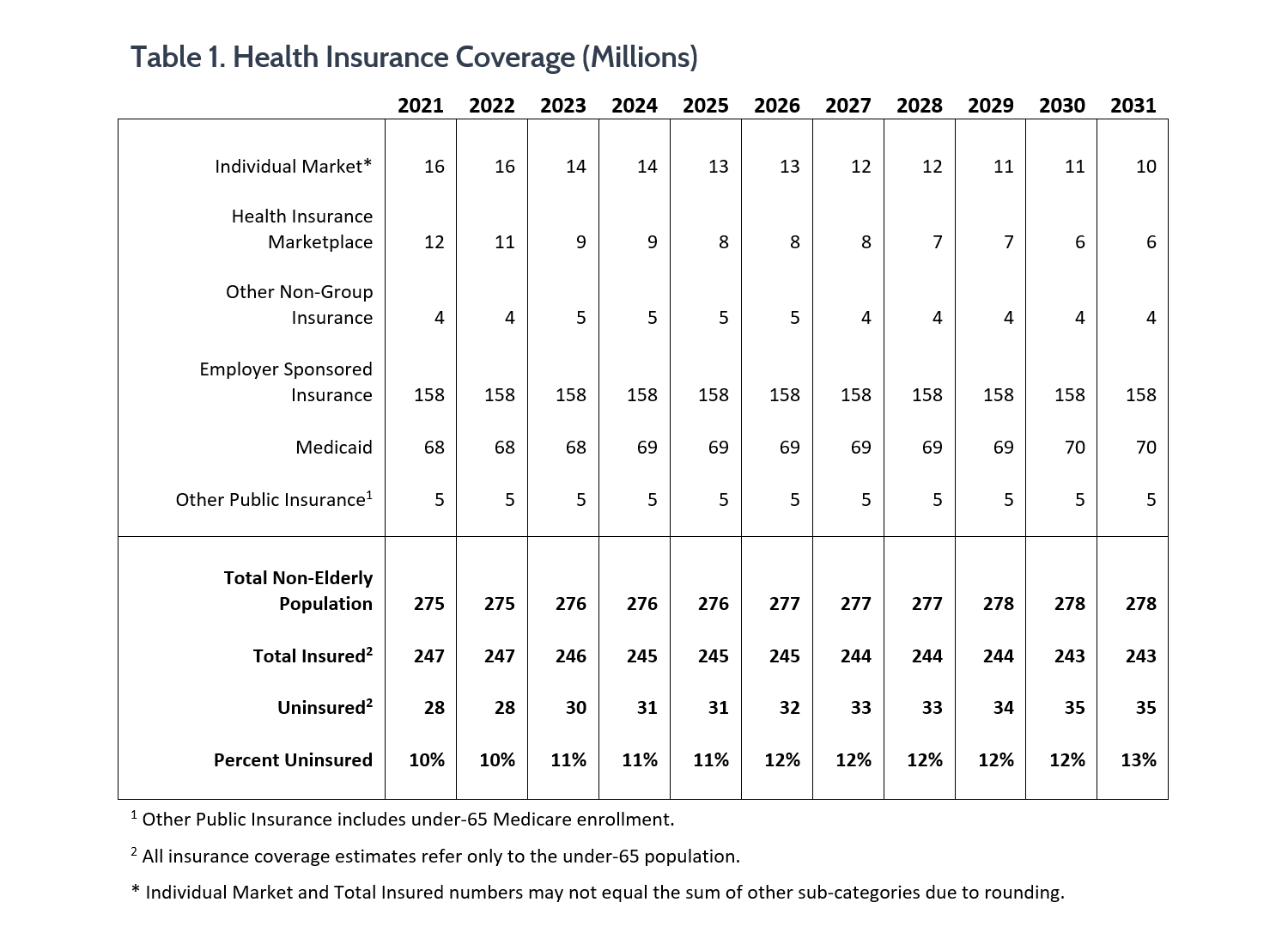
Before purchasing pet insurance, it's important to understand how it works. The basic concept is that you pay a deductible. These deductibles must be met every year and are usually annual. Some companies have a "per condition" deductible. You will need to pay a new deductible each time your pet gets a new condition.
Pre-existing conditions aren't covered by pet insurance
Pet health insurance may not cover certain medical conditions, including certain types of cancer. Because some of these conditions can't be curbed, pet insurance may not cover them. If a pet is diagnosed, it is likely that they will need to continue receiving medical care for the rest their lives. Even though pet insurance may not cover such conditions, payment assistance is available to help with treatment costs.
Some pet insurance policies cover pre-existing medical conditions. These plans do not cover any future conditions. You should shop around to find the best coverage. Also, make sure to get pet health insurance as soon and as often as possible.

Annual deductibles
It is crucial to know the deductible amount when looking for pet insurance. These amounts are different from company to company so make sure that you know what the appropriate deductible amount is for your situation. Annual deductibles can range from $50 to $1,000. Some companies permit you to choose a zerodeductible option. You will only have to pay the premium each month.
An annual deduction is a fixed amount you must pay each month before your pet receives reimbursement for its medical bills. A $500 deductible would mean that you have to pay the entire amount out of pocket each calendar year before your insurance provider will pay you. While it might seem like a lot, an annual deductible will usually be cheaper than per incident.
Reimbursement rates
Understanding how reimbursement rates work is essential when you buy pet insurance. These rates are calculated based on how much your pet insurance covers. There are two main ways to calculate reimbursements. One uses a predeductible system, the other uses postdeductible.
The majority of pet insurance policies don't cover the entire cost of veterinary bills. Your pet's medical costs are your responsibility. You will only be reimbursed for reimbursement rates. Depending on what plan you choose, you could be responsible up to 10%-30% of the bill. You could be responsible for hundreds of dollars in bills if you don't have pet insurance.

Coverage limits
It is important to know the exclusions and limits for different types of coverage when shopping for pet insurance. Most policies have an annual maximum amount that you can pay. Once this limit is reached, your pet may not be covered for future costs. Some companies offer "unlimited", which have no annual limit.
It is possible for pets to have varying levels of coverage depending on their age and personalities. A younger pet might be more likely to have an accident than a more active pet. Senior pets could also be at higher risk of certain health conditions like cognitive decline or cataracts. It is also important to consider the breed of your pet, as certain breeds can be predisposed towards certain diseases.